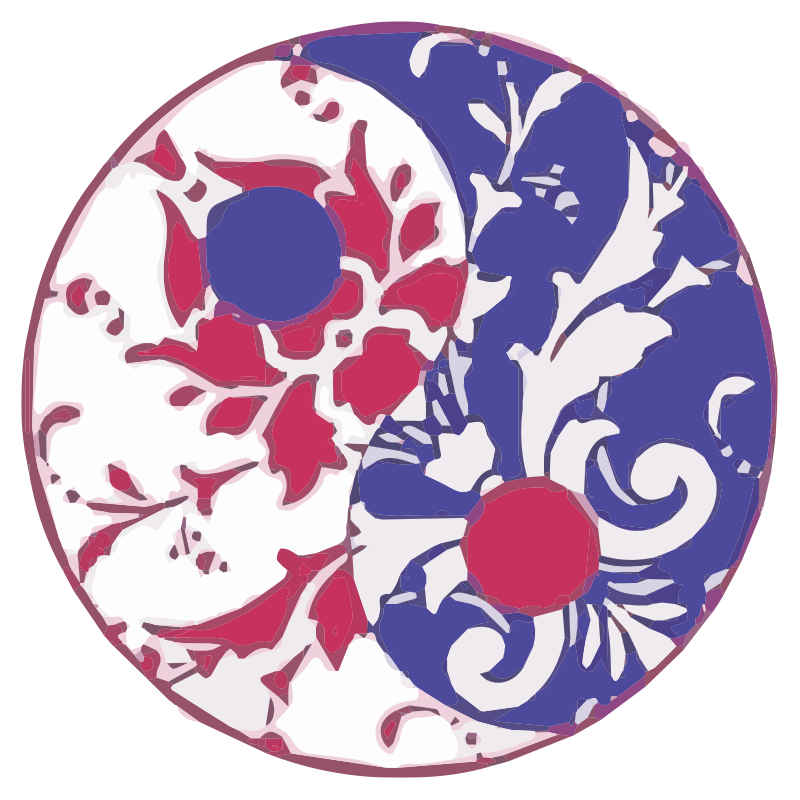If you live with arthritis, you know what a challenge it can be to find relief from joint pain and other symptoms. But there are many things you can do to manage and control your arthritis and live a healthy, active life. Acupuncture and Traditional Chinese Medicine (TCM) can be powerful additions to any treatment plan, without causing harmful side effects.
Arthritis according to Western Medicine
Osteoarthritis (OA) is the most common type of arthritis, affecting more than 21 million Americans. It occurs when the cartilage between the joints breaks down, usually affecting the hips, hands, knees, low back, or neck.
Some factors can increase your risk, including a joint injury, being overweight, aging, and genetics. Putting stress on a joint through repetitive motion can also increase your risk.
Rheumatoid arthritis (RA) is another common type, affecting 2.1 million people in the United States. This chronic condition occurs when the lining of the joints becomes inflamed, and can lead to long-term joint damage and even loss of movement. Women are two to three times more likely to get RA.
RA often starts in the hands or feet, and usually affects the same joints on both sides of the body. Symptoms include:
- Warm, swollen or tender joints
- Joint stiffness, especially in the morning
- Fatigue
- Flu-like symptoms such as fever
- Muscle pain and weakness
Treatment options
Western treatment generally focuses on relieving pain and preventing further joint damage. Often this is done through the use of anti-inflammatory drugs and other medications, as well as through self-care and physical therapy. In some cases, surgery may even be needed.
- Weakness or deficiency of the internal organs
- Constitutional imbalance
- Physical injury and/or trauma
- Changes with the quality and quantity of Qi
- Blockage or inadequate flow of Qi
- Invasion from external factors such as Wind, Cold and Heat
- Unresolved emotional upset, mainly related to stress and anxiety
Acupuncture offers a safe, natural way to control joint pain and other symptoms and maintain overall health. In fact, a 2004 study showed that patients with OA of the knee experienced a 40 percent decrease in pain and a 40 percent increase in function after receiving a series of acupuncture treatments.
A whole-body approach to relief
Acupuncture and Traditional Chinese Medicine (TCM) take a holistic, or whole-body approach to health. According to these theories, Qi (pronounced “chee”) is the vital energy that animates the body and protects it from illness. It flows through pathways called meridians, providing nourishment for every cell, tissue, muscle and organ. When there is an imbalance or blockage in the flow of Qi, physical symptoms may result.
During treatment, fine, sterile needles will be inserted at specific acupoints along the meridians in order to unblock any obstruction and allow Qi to flow freely.
Your practitioner may also recommend herbal remedies, massage, and stretching. Be sure to discuss any new medications with your doctor to avoid any potential interactions.
What you can do
It’s important to remember that there is no “quick fix” for arthritis, and it may take time to achieve results. However, there are lifestyle changes you can make that may help you find relief faster.
- Exercise can help increase your flexibility, strengthen muscles and bones, and maintain a healthy weight.
- Diet is another important issue. Stick to a healthy diet made up of a wide variety of unprocessed, organic foods. Your acupuncturist may also suggest adding natural anti-inflammatories to your diet.
- Stress relief can also help. By learning to identify your stressors and lowering your stress through techniques such as breathing exercises, meditation, yoga, Tai Chi or Qi Gong, you can improve your state of mind and your health.
- Maintaining balance in your life is also key. A balance of rest and relaxation with activity and exercise will keep you feeling your best.
By working closely with your acupuncturist and other treatment providers, you will be taking charge of your arthritis and taking a step toward a healthier life.
References:
Berman BM, Lao L, Langenberg P, Lee WL, Gilpin AMK, Hochberg MC. Effectiveness of Acupuncture as Adjunctive Therapy in Osteoarthritis of the Knee: A Randomized, Controlled Trial. Annals of Internal Medicine. 2004; 141 (12):901-910.
What is Osteoarthritis? National Institute of Arthritis and Musculoskeletal and Skin Diseases. September 2006.
What is Rheumatoid Arthritis? National Institute of Arthritis and Musculoskeletal and Skin Diseases. May 2005.
Joswick, Diane L.Ac. Acupuncture for Arthritis. 2006.
Osteoarthritis Fact Sheet. Arthritis Foundation. 2005.


